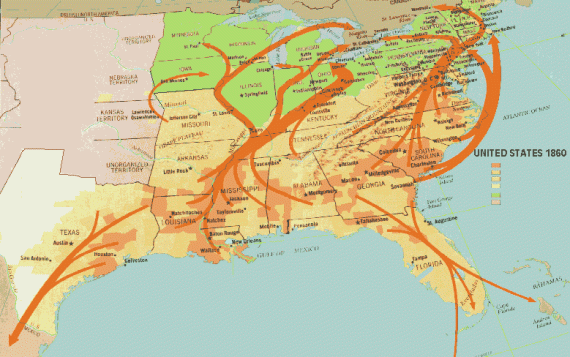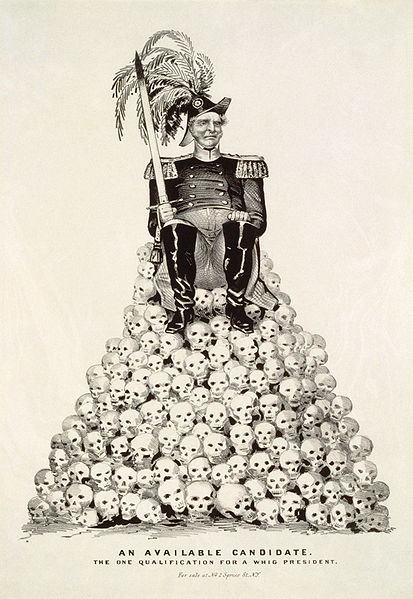Psalm 123:2 (New International Version (NIV)): As the eyes of slaves look to the hand of their master, as the eyes of a maid look to the hand of her mistress, so our eyes look to the LORD our God, till he shows us his mercy.
Ephesians 6:4-6: Fathers, do not exasperate your children; instead, bring them up in the training and instruction of the Lord. Slaves, obey your earthly masters with respect and fear, and with sincerity of heart, just as you would obey Christ. Obey them not only to win their favor when their eye is on you, but like slaves of Christ, doing the will of God from your heart.
Ephesians 6:5:Slaves, obey your earthly masters with respect and fear, and with sincerity of heart, just as you would obey Christ.
Ephesians 6:9:And masters, treat your slaves in the same way. Do not threaten them, since you know that he who is both their Master and yours is in heaven, and there is no favoritism with him.
Colossians 3:22:Slaves, obey your earthly masters in everything; and do it, not only when their eye is on you and to win their favor, but with sincerity of heart and reverence for the Lord.
Colossians 4:1:Masters, provide your slaves with what is right and fair, because you know that you also have a Master in heaven.
Titus 2:9:Teach slaves to be subject to their masters in everything, to try to please them, not to talk back to them,
1 Peter 2:18:Slaves, submit yourselves to your masters with all respect, not only to those who are good and considerate, but also to those who are harsh.
Slaveowners would read these verses to slaves as part of the worship services that they allowed (and controlled) as a means of encouraging the proper attitude among their slaves. Based upon these isolated verses, slaveowners claimed that the Bible supported slavery and taught slaves to be obedient to their masters.
On the surface, this certainly appears true. However, When looking at the evidence, one has to remember that the Bible was created in a time when slavery was certainly condoned. Paul’s letters mention slavery so often because Christianity appealed to slaves. Many slaves converted to the new religion of Christianity because of Christianity’s message of justice and freedom. Nonetheless, Christianity was an outlawed religion in the Roman Empire. Therefore, Paul counseled his followers, if they were slaves, to be peaceable and obedient so that further oppression would not be brought down on the heads of slaves as well as upon the members of the Church in general. The verses about obedience are not condoning slavery but are practical matters to try to prevent further suffering of Christians, whether slave or free.
The most compelling argument AGAINST slavery in the New Testament is Paul’s letter to Philemon, in which Paul asks a Christian to free his Christian slave. Most Christians countered these claims of Biblical support that owning slaves violated the spirit of Christian teaching.




You must be logged in to post a comment.